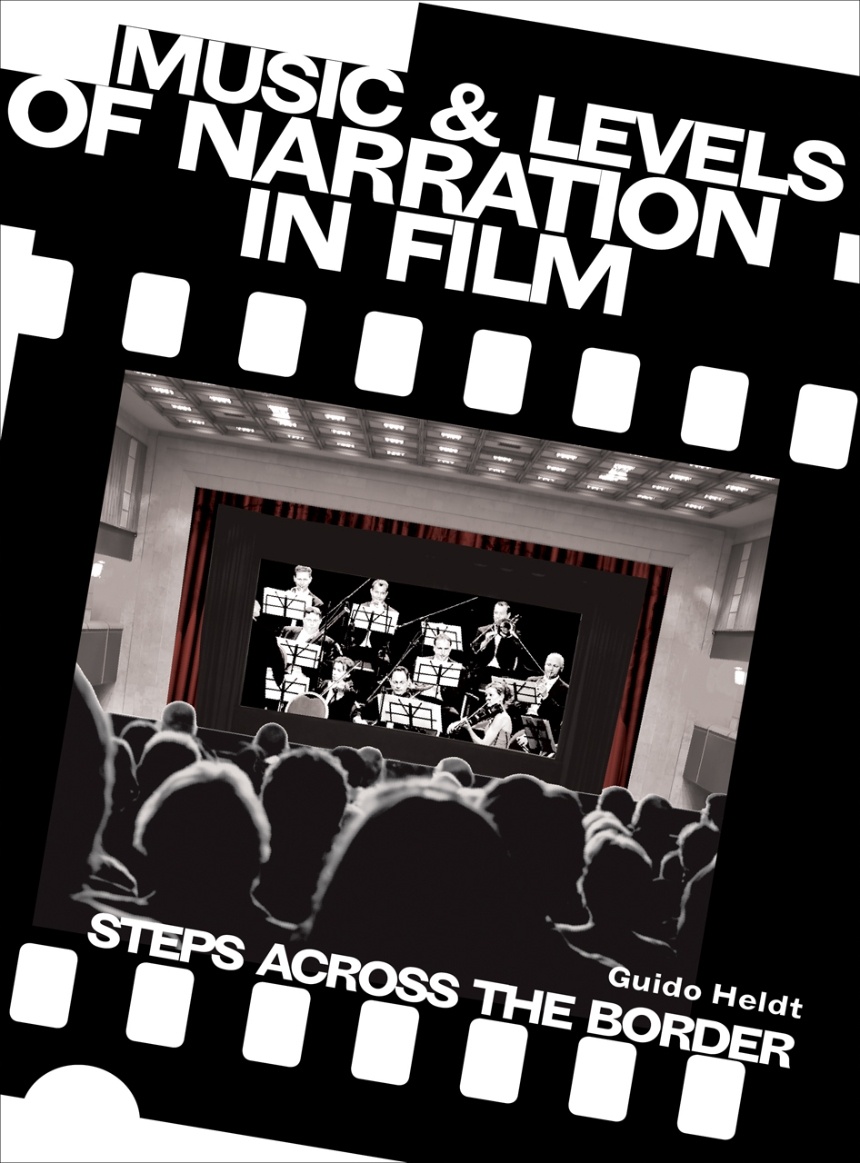A PDF version of this book is available for free in open access via the OAPEN Library platform, www.oapen.org It has been made available under a Creative Commons Attribution 4.0 International Public License and is part of Knowledge Unlatched.
Reviews
Table of Contents
Preface
Chapter I: Introduction: Film Music Narratology
i. Laughing with film theory
ii. Film/music/narratology
The plan of the book
A note on the choice of films
A note on ‘the viewer’
iii. Principles of pertinence
Chapter II: The Conceptual Toolkit: Music and Levels of Narration
i. Fictional worlds and the filmic universe
ii. The ‘historical author’: extrafictionality and the title sequence
iii. Extrafictional narration and audience address
iv. Nondiegetic and diegetic music
a. Narratology, the diegesis and music – some considerations
b. Nondiegetic music and narrative agency
c. Diegetic music: storyworld attachment and narrative agency
d. Diegetic commentary and the implied author
e. Diegetic music: further options
f. Transitions, transgressions, and transcendence: Displaced diegetic music, supradiegetic music and other steps across the border
v. Music on my mind: Metadiegetic narration and focalization
Chapter III: Breaking into Song? Hollywood Musicals (and After)
i. Supradiegesis
ii. Superabundance: Top Hat and the 1930s
iii. The classical style: Night and Day, An American in Paris, Singin’ in the Rain
iv. Transcendence lost and regained: The aftermath of classical style
v. The next-to-last song: Dancer in the Dark (and The Sound of Music)
Chapter IV: Things that Go Bump in the Mind: Horror Films
i. Of implied authors and implicit contracts: Six little bits of theory
ii. …and thirteen examples
Chapter V: Beyond the Moment: Long-range Musical Strategies
i. Music and memory in Once Upon a Time in America
a. Precursor 1: For a Few Dollars More
b. Precursor 2: Once Upon a Time in the West
c. Precursor 3: Duck, You Sucker!
d. ‘Most melancholic of films’ – Once Upon a Time in America
e. Once Upon a Time in America – Three musical themes
f. ‘I say it here and I deny it here’: Conclusions
ii. Life’s troubled bubble broken: Musical metalepses in The Truman Show
a. True life or false
b. Pre-existing music and the world of Seahaven
c. Nondiegetic music and levels of narration
d. Music on the level of film (or not?)
iii. Far from Heaven, Breakfast at Tiffany’s, Hollywood melodrama and the retrospective prolepsis
a. Present film
b. Dancing to the music of time: Far from Heaven
c. Urban pastoral: Breakfast at Tiffany’s
d. The language of melodrama: Antecedents in All That Heaven Allows and Imitation of Life
e. Singing the king: A retrospective prolepsis in The Adventures of Robin Hood
Chapter VI: The Future’s Not Ours to See: Outlook
Bibliography
Filmography and Index of Films
Index of Names
Index of Terms

